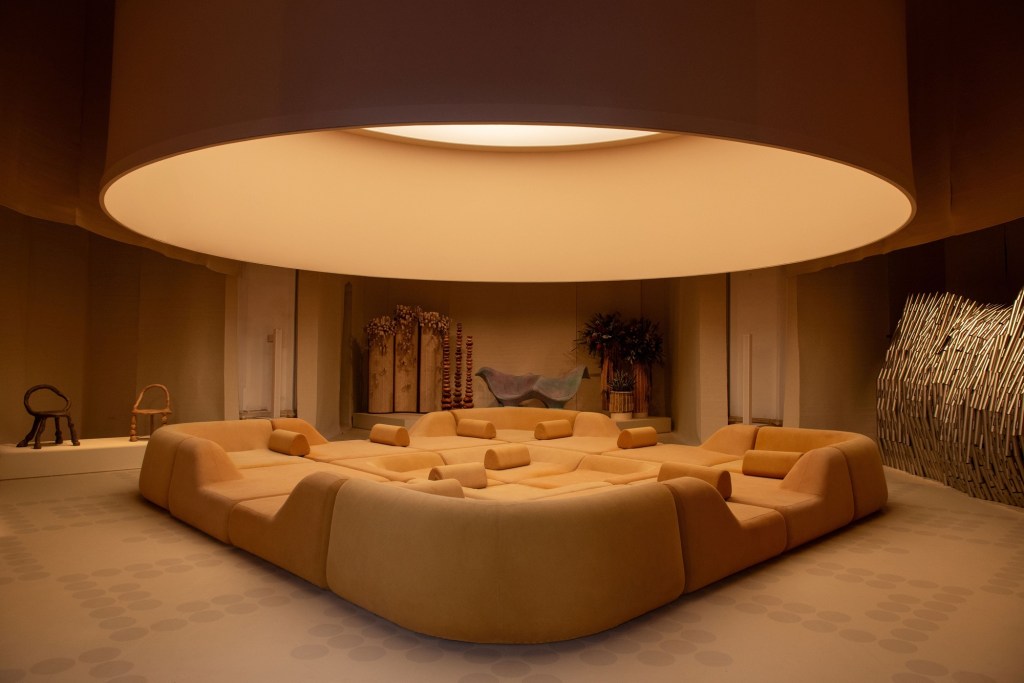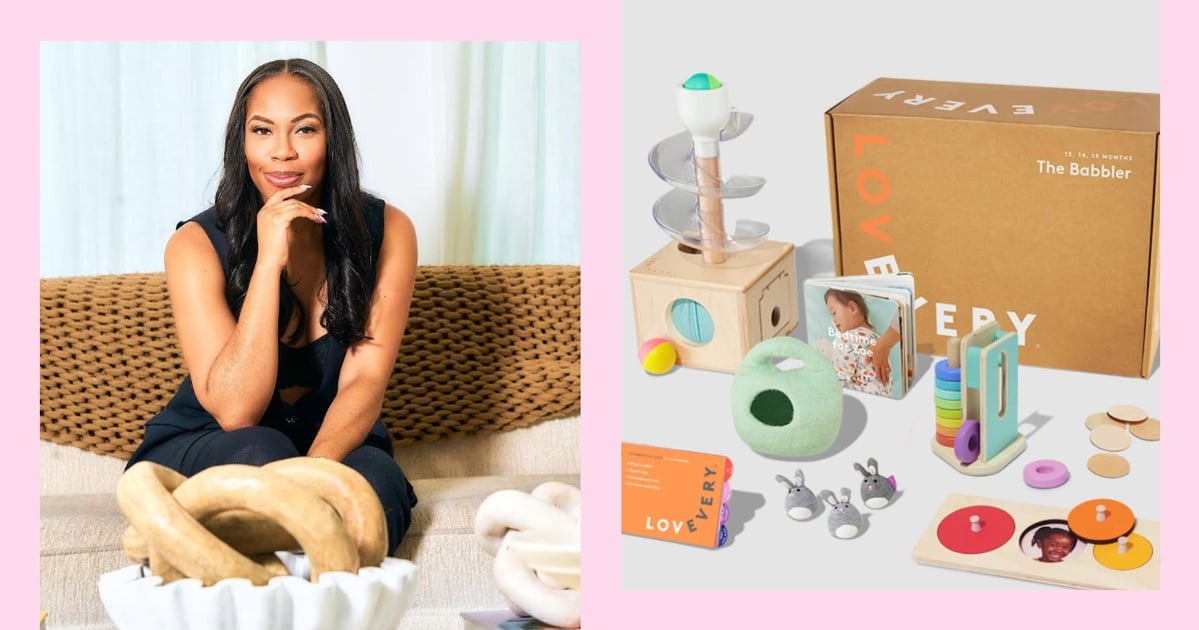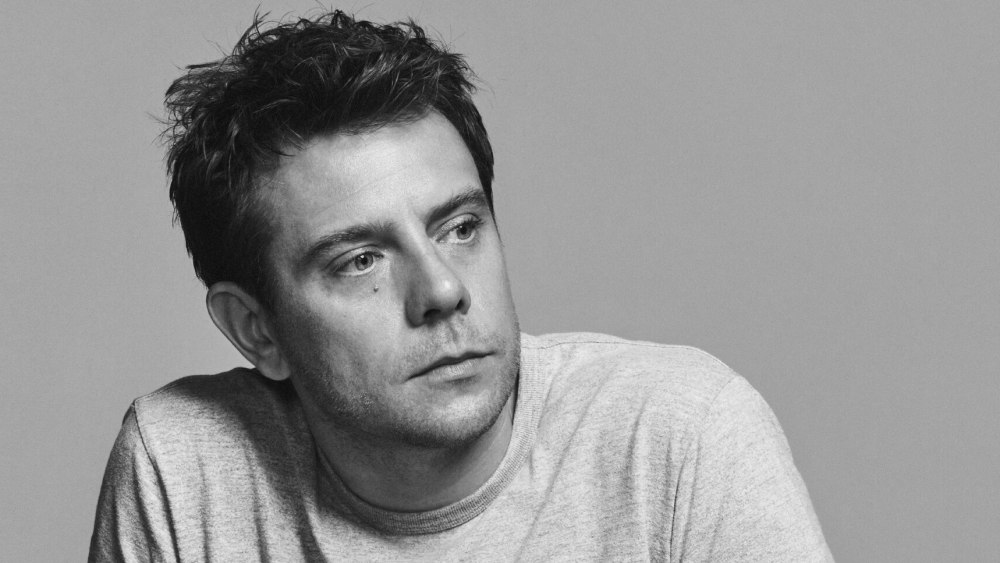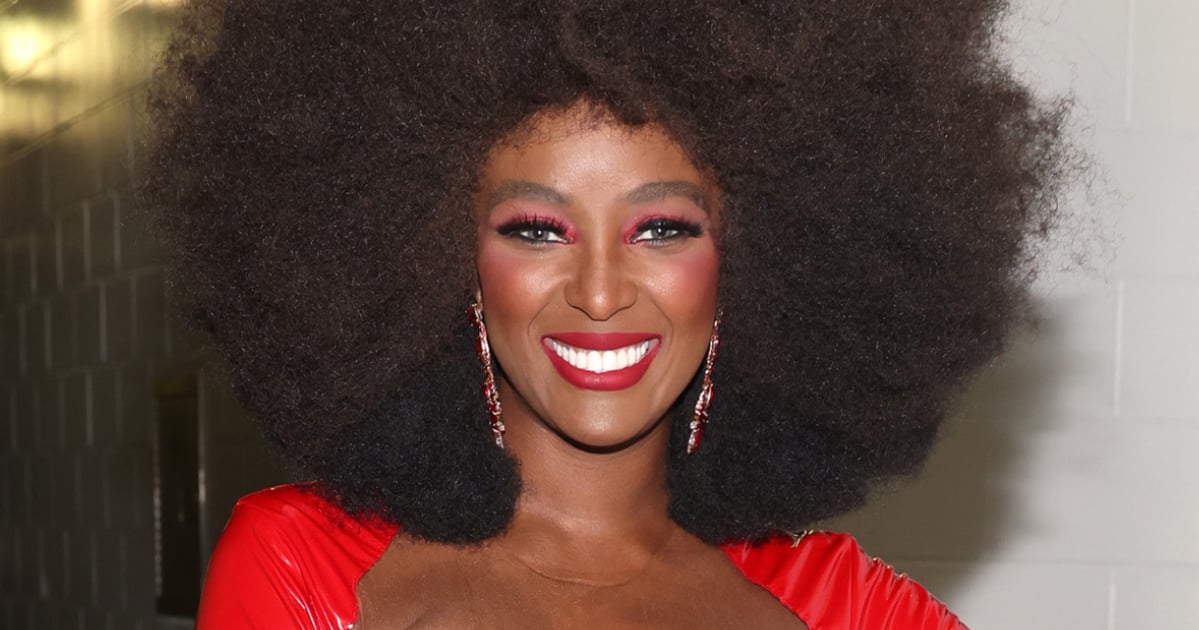MILAN — When French design collective Hall Haus traveled to Saudi Arabia to begin Haus Dari, a modern-Majlis-type seating system that mimics desert dunes, settling on the approach and seeing their creation come to fruition took a good six weeks.
Started in 2020 by Zakari Boukhari, Sammy Bernoussi, Teddy Sanches and Abdoulaye Niang, the firm’s design ethos is based on its diverse mix of backgrounds, influenced by hip-hop culture, fashion, art and architecture. “We didn’t know anything about Saudi manufacturing, it was a challenge but in the end, we learned about them and they learned about us,” said Boukhari.
Hall Haus was in Milan this week as part of the group brought by the Arts and Creative Industries at the Royal Commission for the ancient city of Alula to exhibit prototypes from the inaugural Alula Design Residency.
Bridging the divide between international trailblazers and Saudi manufacturing is the bedrock of a larger plan to build new industries within the Saudi Arabian economy.
Under the curation of architect Ali Ismail Karimi, the work of the residency’s five design practices were on display: Leen Ajlan from Saudi Arabia; Bahraini—Danish, the architectural office with offices in both Bahrain and Denmark; Hall Haus and Studio Leo Orta from France, as well as Studio Raw Material from India. Madrasat Addeera, the Alula-based school set up to safeguard and perpetuate traditional crafts, also showed the designs for Madrasat Addeera Editions, the fruit of the creative dialogue between the local design community in Alula and a range of well-known Saudi and international designers and artisans.

The design initiatives are a small but significant part of the Saudi government’s strategy to drive the growth and diversification in its economy, working toward several of its Vision 2030’s goals, including increasing the private sector’s contribution to GDP to 65 percent and increasing the contribution of non-oil exports from 16 percent to 50 percent, among other goals.
It’s unclear how much the Saudi government has invested in the design industry. According to the State of Fashion in Saudi Arabia report for 2023, fashion by comparison contributed 1.4 percent of the nation’s GDP and 230,000 jobs in 2022.
“We are working alongside local and global arts and design communities to inspire a new generation of creatives to grow our design economy in line with the ambitions of Vision 2030,” said Nora Albadal, executive director of arts and creative industries at the Royal Commission for Alula. A real driving force in a new wave of investment, she explained, was the establishment of the Ministry of Culture’s Architecture and Design Commission in 2018. “Saudi now has a growing number of impactful institutions and organizations that have launched initiatives across the country,” she added, noting that Saudi Arabia already has “a flourishing design sector” that draws from its own heritage of art and craftsmanship. Other initiatives to propel Saudi Arabian potential to the fore included the presentation of the Alula Design Award during the 2023 Paris Design Week.
Elsewhere at the exhibit, which was a major draw to Milan Design Week here, Argentine artist Cristián Mohaded presented AlWaha, a sculptural divider made with the Al Khous palm-weaving technique, which is one of the oldest artisan practices in the region. Mohaded, who also works internationally as an independent designer in the fields of furniture, lighting, products and installation, said the experience of working with the region’s local artisans was “amazing,” explaining that craftspeople turn the treated palms into endless rolls of tape. “When you work on this kind of project and you start to understand you don’t want to change anything [they do]… you really start to appreciate the transformation of the material.”
Design Space Alula also commissioned Cloud, the multidisciplinary practice founded by Paul Cournet and Netherlands-based artist Sabine Marcelis, for the scenography of the exhibition.




